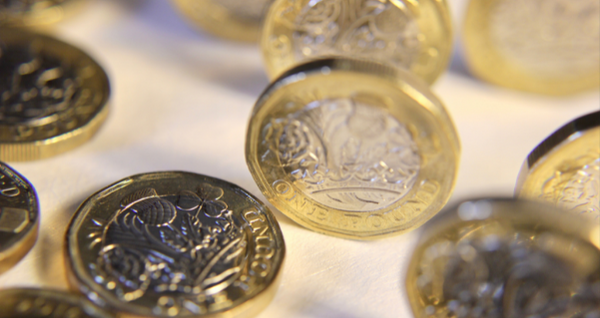Markets stabilise on hope of Russia-Ukraine ceasefire
( 3 min )
- Go back to blog home
- Latest
Markets generally stabilised on Wednesday following a hectic few days, with hope of a possible ceasefire between Russia and Ukraine providing a bit of a relief from the recent sell-off.

Indeed, markets are now beginning to turn their attention to how the main central banks will respond to the crisis. Speaking during his Congress testimony, Federal Reserve chair Jerome Powell explicitly indicated support for a 25 basis point hike when the FOMC next meets in a couple of weeks time, although he noted that the bank will proceed carefully in light of the uncertainty created by the Ukraine conflict. The Bank of Canada also followed through with its first pandemic era rate hike yesterday, raising rates by 25 basis points to 0.5%, as expected. The BoC noted that the invasion of Ukraine was putting further upward pressure on prices, and that additional hikes will likely be required – financial markets now expect a hike at every meeting through to October.
The difference between the Fed and Bank of Canada on the one hand, and the European Central Bank on the other, is that the economy of the Euro Area is far more interconnected with its Russian counterpart. Policymakers at the ECB will be convening next Thursday and uncertainty going into the meeting is higher than ever. Given the heightened risks to Euro Area growth, a cautious tone of communications is likely, although the clear increase in inflationary pressures cannot be ignored. Data out on Wednesday showed that even before the invasion, prices in the Eurozone had risen again, with the headline measure of HICP inflation jumping to a fresh record 5.8% in February, well above the 5.4% consensus.
In the meantime, focus remains firmly on Ukraine, particularly news out of talks between Ukrainian and Russian officials in Belarus this morning. News of a ceasefire would no doubt buoy risk assets today.
To stay up to date with our publications, please choose one of the below:
📩 Click here to receive the latest market updates
👉 Our LinkedIn page for the latest news
✍️ Our Blog page for other FX market reports
